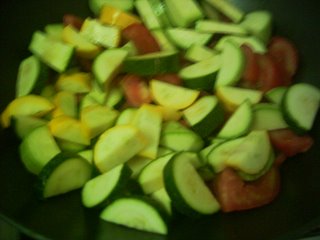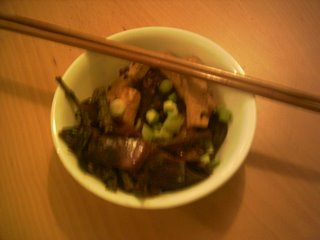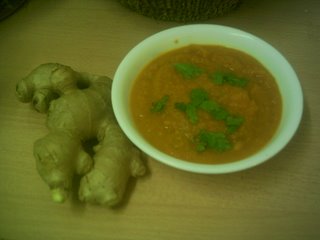As we got home yesterday, our Chubeza box was waiting for us in the parking lot. We couldn’t wait to get into the house and see what was in it. And, indeed, among many other surprises, there was fresh spinach, and there were summer squashes in three colors!
Summer squash, and its different varieties (like zuccini, crookneck and straitneck squash, and pattypan squash) originates from South America, and despite its presence in year-round supermarkets, is really a summer vegetable. The winter ones are really much inferior to the creamy, rich summer ones, which, while eaten, make you feel as if the sun is warming up your belly from inside. Summer squash is kind of like a “decathlon nutrition source”; it doesn’t excel in any nutrient category, but it provides many of them.
My grandmother used to make a dish called Givetch, which featured zuccini. Each family has its own version of givetch, which is a mixed vegetable dish; ours featured mostly zuccini and tomato. Yesterday, we had our own version, which contained the fresh spinach, as well as basil, and three colors of squash. Actually, it’s sort of a renegade version – because, while in regular givetch, you cook everything for very long until it becomes soft, here you cook everything just barely, so you still feel yourself biting into the vegetables. What you see in the above picture is the beginning of the cooking process – aren’t those colors fun?
Neo-Givetch with Summer Squash
3 large squashes, preferrably of different colors
2 large, ripe tomatoes
3 garlic cloves
1 tbsp olive oil
1 cup fresh spinach leaves
20 basil leaves
dash of frsh ground chili pepper
Cut each squash to half, then slice to semicircles. Cube the tomatoes and chop the garlic cloves. Heat up oil in a deep pan or wok, add the garlic. Then, we go by order of hardness: in go the squashes; then, the tomatoes; and finally, the spinach leaves and half the basil. Each vegetable gets added about two minutes after the previous one’s been added. We cook everything a little longer, until the spinach leaves wilt, the tomatoes become the sauce, and the squash is pleasant to eat. Eat happily on top of your favorite grain.










